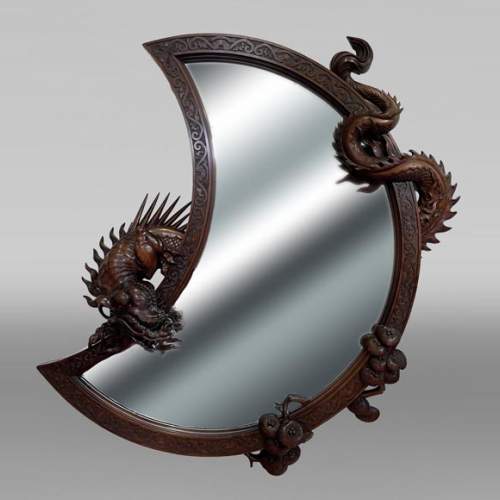Your selection is currently empty.
Here are the latest objects in our stock:
Dimensions:
Width: 51
Dimensions:
Width: 125
Height: 135
Depth: 20
Dimensions:
Height: 4
Diameter: 30
Dimensions:
Width: 166
Height: 110
Depth: 46
Inner width: 112
Inner height: 93
Dimensions:
Width: 146
Height: 109
Depth: 46
Inner width: 103
Inner height: 86
Dimensions:
Width: 136
Height: 108
Depth: 36
Dimensions:
Width: 126
Height: 107
Inner width: 92
Inner height: 88
Dimensions:
Width: 128
Height: 163












